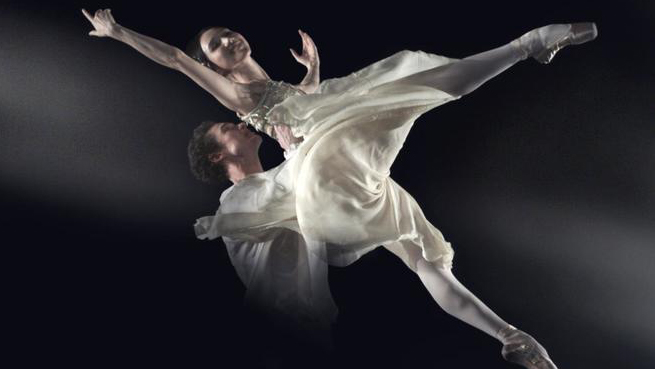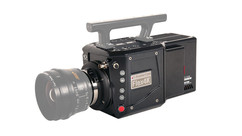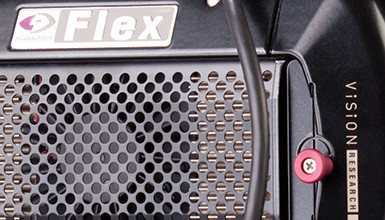What is the biggest challenge in capturing dance on film?
Ric Burns: What led us to using photographic technology was directly connected to the challenge of shooting dance on film. Film is the anti-dance. Dance is now, film is in the can [...] We knew going in that we were going to have to give back something in return for what film takes away. When you go to the ballet tomorrow night, you're not going to be able to see these dancers dancing at 1,500 frames a second. To be able to see what's happening in a way that's extended and sustained -- it creates something, partly because it reminds you how central time and duration is to dance itself. Paradoxically, it's doing something that dance can't do to itself: dancers can't dance at 1,500 frames a second.
Interestingly, the team actually shot the bulk of the piece on multiple cameras, including the F55, C300, the classic VariCam 27H, and of course the Phantom Flex.
Ric Burns: At the end of the day, given the five cameras that we had, two F55s, a C300 and the Phantom Flex and the VariCam, we had a massive amount of footage and coverage, and the interplay among those various different formats was really [...] intercuttable in a way that's very powerful. If you go through the film it's not all slow-motion all the time. It uses it, I hope, sparingly and appropriately, and when you need and want to move in that kind of super-intense way, then the film allows you to do that in a way that you really can't, in film, see dance with any greater clarity or beauty than with this technology.

You can read the rest of the interview and watch an exclusive clip over on Indiewire: How Ric Burns Used Technology to Capture the Immediacy of Ballet



















